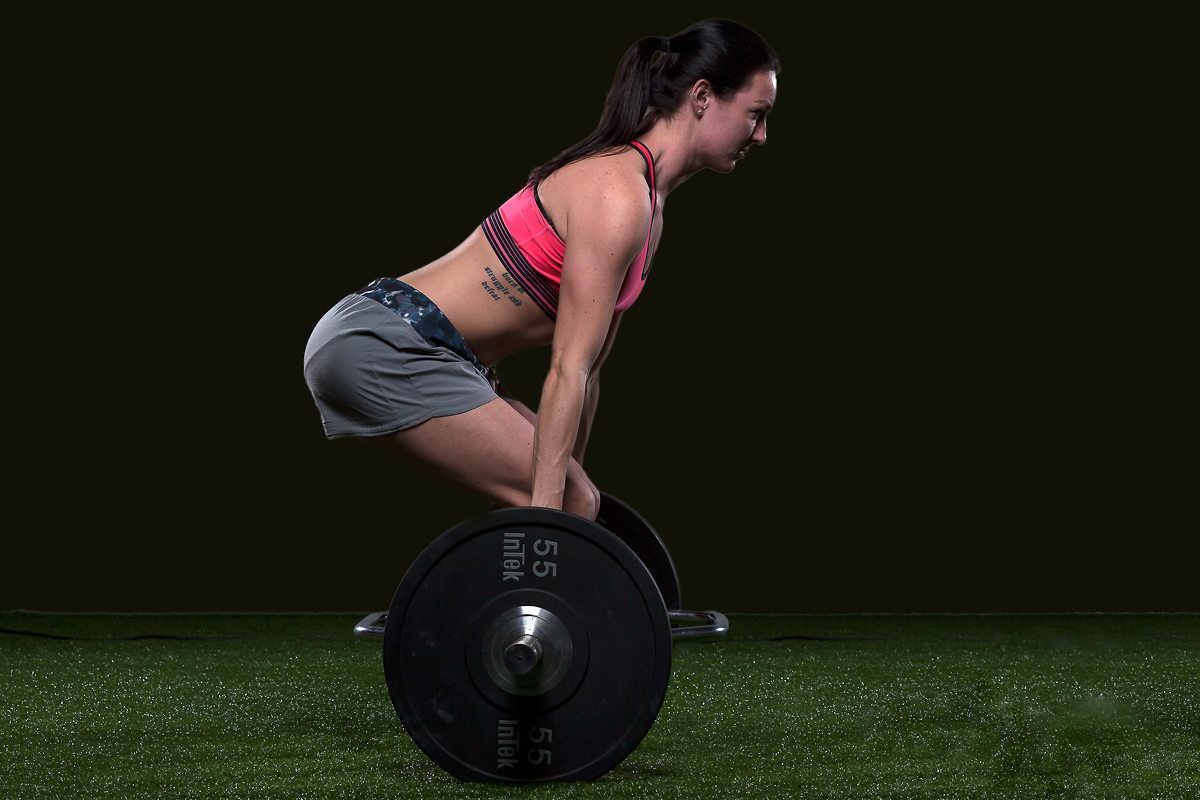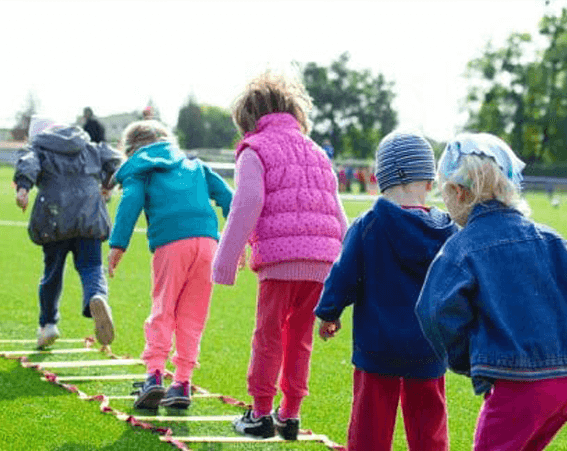
15 Dec What To Do When Your Kid Doesn’t Have Time for Strength Training
I hear this argument a lot.
Almost as much as:
1. “I’ll start my diet tomorrow.” or…
2. “I need to make more time for meditation.” or…
3. “I need wake up earlier to workout.” or…
4. “I’ll delete SnapChat once and for all!” or…
5. “I’ll learn Elvish one day.”
Sure, we all know what we need to do, yet we fail to take action.
So this begs the question: is this a lack of education problem, a lack of values problem, or a lack of making the time to do what’s best for you problem?
To that end, we all know that eating fried Oreos is not the answer for fat loss.
We all know that scrolling Bella Hadid’s Instagram account before bed is not the answer for optimal sleep.
We all know that skipping the gym daily is not the answer for sustained weight loss.
And well all know (hopefully) that a lack of strength training in youth athletes is abuse.
As much as you think that’s a pompous statement, it’s not. Year-round sports without strength training is abuse because young athletes play more games than professional athletes, have less recovery time between games, and are physiologically maturing amidst all of the weak movement patterns and high playing volume from practices and games.
Truthfully, it’s scary seeing year-round youth sports constantly wearing and tearing on weak, maturing bodies.
It’s tantamount to driving a car cross-country, without filling the gas, changing the oil, or checking the engine. Eventually, the car will far apart and not make it to its destination.
The same goes for young athletes who want to play in college one day, who want to make their high school team, who want to be healthy beyond college.
Most of these kids are de-conditioned and are not strong enough to handle 100+ games a year, so eventually, many suffer the consequences.
And across the board, athletes who I have seen refuse year-round strength training have had this happen:
1. Gotten an overuse injuries
2. Gotten soft tissue injuries.
3. Torn their ACLs.
4. Complain about constant muscle soreness.
Of course, it was painful to watch, but as a performance coach, I spoke my peace, said strength training is paramount, and exited stage right.
The way people respond and take action is on them, and I can leave the conversation knowing it came from a place of exercise physiology knowledge and care and love of what is best for young kids.
Having an understanding of child development, from motor skill learning, to muscle building, to volume monitoring, to adaptation are critical nowadays.

Alas, none of these overuse and catastrophic injuries should be happening as often as they do, and we can absolutely reduce the chance of these occurring.
So. I urge parents to listen intently to strength coaches preaching to the choir. This stuff is important.
After all, young athletes can’t go wrong with getting strong.
The physical benefits are unmatched – from the ability to handle force, change direction and sprint with efficiency and less compensatory patterns, and walk onto the field with confidence – it’s crazy people still don’t take action.
There are a plethora of studies HERE, HERE, HERE, and HERE that speak to the strength training physical benefits (injury reduction, speed development, improved conditioning), as well as mental benefits (more confidence, less anxiety, reduced depression).
Shifting the conversation to the mental health piece, strength training is directly correlated to reducing depression.
And with youth athlete mental health becoming an increasing concern, this must not be ignored.
So the next time you utter, “my kid doesn’t have time for strength training,” keep their physical and mental health in mind.
But also, ask yourself (or have your kid ask themselves) what they value.
Do they value the longevity of their athletic careers? Do they value optimizing their speed potential? Do they value not fatiguing in the second half? Do they value less muscle soreness? Do they value a less anxious headspace? Do they value good lifetime fitness habits?
If ‘yes’ then values need to align more with actions.
And if this blurb wasn’t enough and you still need more detail (and a kick in the butt) on the benefits of strength training for the year-round youth athlete, I implore you to watch this video:


No Comments